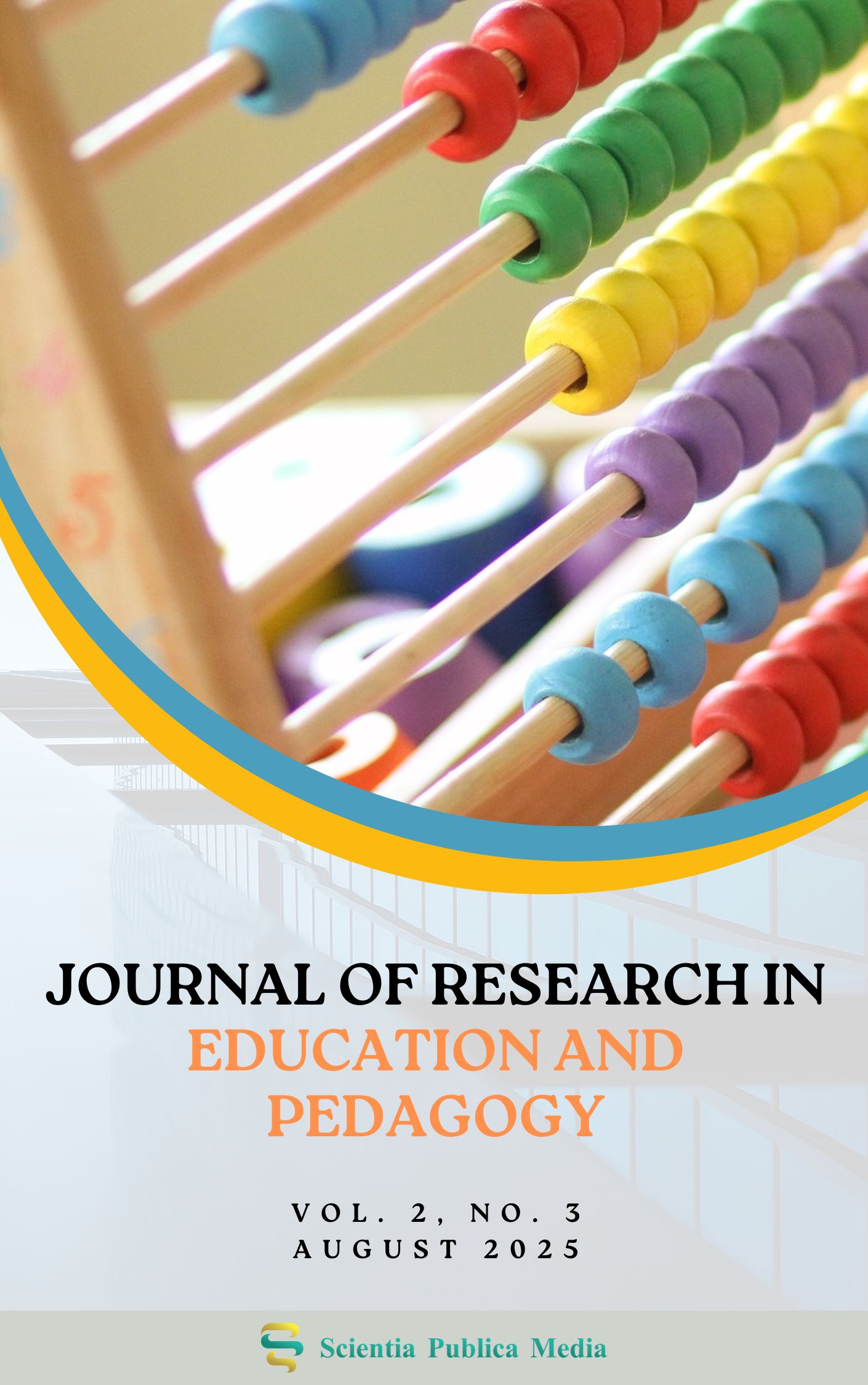Addressing Pronunciation Challenges Among Filipino Senior High School Learners: Strategies and Pedagogical Implications
DOI:
https://doi.org/10.70232/jrep.v2i3.82Keywords:
Pronunciation Challenges, Filipino Learners, Phonetic Instruction, Communicative Language Teaching, Pronunciation Pedagogy, Second Language Acquisition, Speech IntelligibilityAbstract
This study investigates common pronunciation challenges faced by Filipino Senior High School learners in their English language acquisition. It explores factors contributing to these difficulties, such as L1 influence, dialectal variations, and the lack of phonetic awareness. Additionally, it examines pedagogical strategies to enhance pronunciation skills and improve learners’ intelligibility. A total of 60 students from different strands are selected to participate in pronunciation tests and surveys. Through a mixed-methods approach involving pronunciation tests, surveys, and teacher interviews, the study identifies key error patterns, including difficulties with consonant sounds (/f/ vs. /p/, /v/ vs. /b/), vowel shifts, and incorrect word stress placement. These challenges are attributed to linguistic interference, limited exposure to native pronunciation models, and ineffective pronunciation instruction in the classroom. Findings suggest that explicit phonetic instruction, communicative activities, and technology-assisted learning can significantly improve learners’ pronunciation proficiency. The use of audiovisual materials, phonetic transcription, and real-life conversation practice is found to be effective in addressing these challenges. Furthermore, teacher training in pronunciation instruction and the integration of pronunciation-focused activities in English curricula are recommended to enhance students’ speaking skills. By addressing these pronunciation barriers, students can develop greater confidence in spoken English, facilitating better academic and professional communication.
Metrics
References
Bautista, M. L. S. (2000). Studies on Philippine English. Kritika Kultura, 5(2), 27-45.
Bernardo, A. B. (2007). Language learning strategies and second language acquisition. Asian Journal of English Language Teaching, 17(1), 23-42.
Canale, M., & Swain, M. (1980). Theoretical bases of communicative approaches to second language teaching and testing. Applied Linguistics, 1(1), 1-47. http://dx.doi.org/10.1093/applin/I.1.1
Dita, S. N. (2010). Phonological features of Philippine English: Implications for teaching and learning. Asian Englishes, 12(1), 8-27. Asian Englishes, 12(1), 8-27.
Flege, J. E. (1995). Second language speech learning: Theory, findings and problems. In W. Strange (Ed.), Speech perception and linguistic experience: Issues in cross-language research (pp. 233-277). York Press.
Gonzalez, A. (1998). The language planning situation in the Philippines. Journal of Multilingual and Multicultural Development, 19(5), 487-525. https://doi.org/10.1080/01434639808666365
Lado, R. (1957). Linguistics across cultures: Applied linguistics for language teachers. University of Michigan Press.
Martin, I. P. (2014). English language teaching in the Philippines: A policy perspective. World Englishes, 33(1), 30-43. https://doi.org/10.1111/weng.12108
Vygotsky, L. S. (1978). Mind in society: The development of higher psychological processes. Harvard University Press.
Downloads
Published
Issue
Section
License
Copyright (c) 2025 El Chamberlain Abellana

This work is licensed under a Creative Commons Attribution-NonCommercial 4.0 International License.


